Most weed problems can be easily remedied by following a good nutrient system just like the ones used in tomatoes. The key thing to this whole process is that you need to come up with a scheduling for the “vegetative” and “flowering” stage to ensure that nutrients will nourish your plant.
For the marijuana plant, maintaining a proper pH will help prevent nutrient deficiencies to happen because its roots will only absorb the nutrients in pH if it’s on the correct range. If you grow your plant on a soil, you can aim for the root pH of 6.5 – 7.0. As for hydroponics marijuana growth, you can for the pH ranging 5.5 – 6.5.
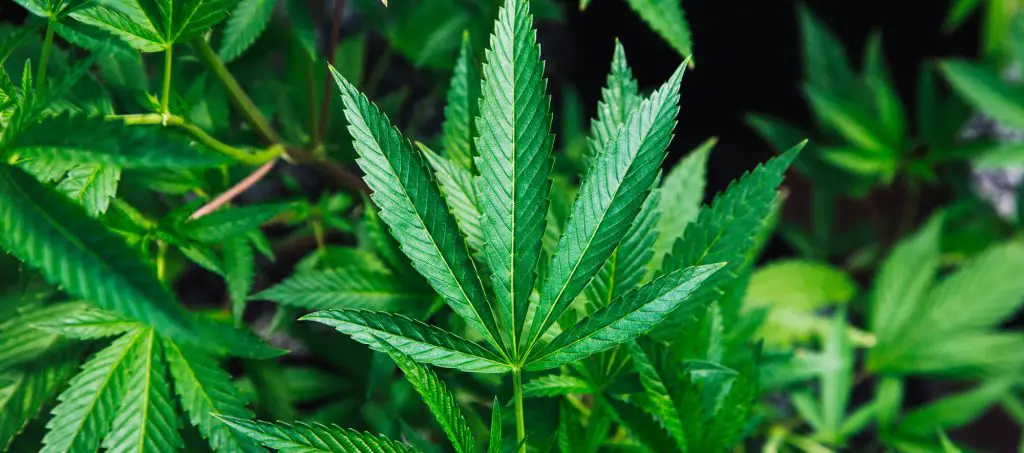
Check out some of the common marijuana problems and the symptoms associated with it:
Boron Deficiency
This type of problem happens rarely on weed plant and it is commonly accompanied by other kinds of nutrient or pH problems. You can easily spot this problem once the plant exhibits a thick or abnormal growth tips which is accompanied by brown spotting on new leaves. The upper cannabis leaves will then display slowed growth and may have chances of dying off.
Symptoms:
- Thick growth on the tips of the leaf
- Newer growth of leaves are affected
- Slow growth on the leaves and plant
- Abnormal growth on the leaves
- Twisted growth on the leaves and plant
- Spots appear on the leaves
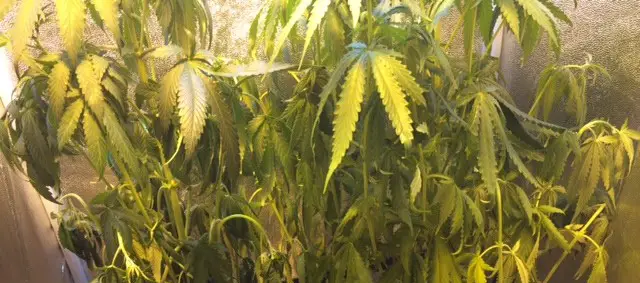
Calcium Deficiency
Calcium is essential in providing structure to the plant and will help in withstanding the stress against the heat. This particular problem is often difficult to diagnose because its deficiency can sometimes be accompanied by iron, magnesium or anything similar. It is more concentrated on the older growths and sometimes in newer growths of the upper leaves.
Symptoms:
- Stems of the leaf show inner signs of decay
- Stems may crack easily
- The plant doesn’t stand too well against the heat
- The flowers or buds will develop slowly or never at all
- The roots will be underdeveloped
- For severe calcium cases, parts of the roots will die off
- Roots can easily accumulate problems just like a slimy root
Copper Deficiency
This problem rarely occurs in a cannabis plant since copper barely moves through the plant and is often considered to be “low-mobile.”
Symptoms:
- The leaves of the newer plants will show off a dark coloring
- The leaves of the older plants become white or pale yellow
- Buds don’t ripen or they grow very slowly
- The pistils on a female plant has the tendency to not grow properly
- The plant may have limp leaves
- Newer growths may have difficulty in opening up
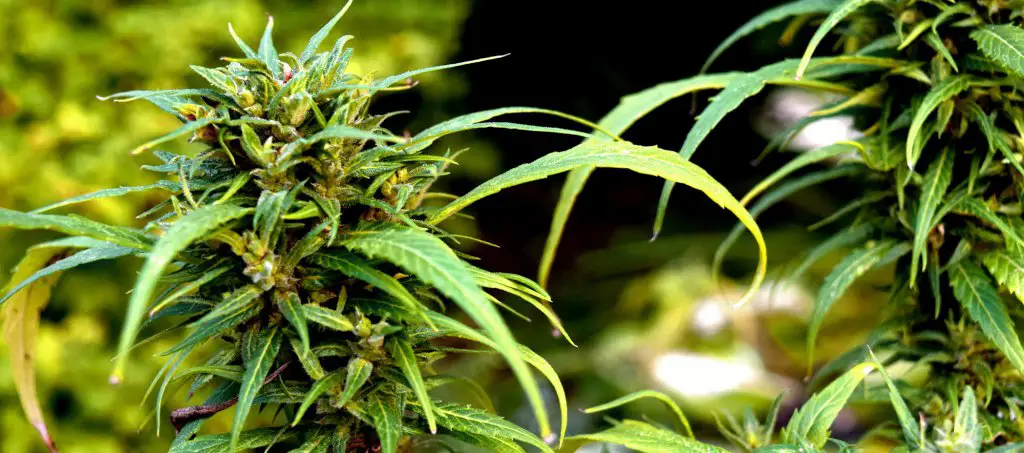
If you see your weed plant showing off any signs of the symptoms mentioned, you should start worrying that there might be weed problems or deficiencies in part of your plant’s nutrients. Make sure not to let this problem go any further, otherwise, the investment you’ve made in growing your plant will just go to waste.


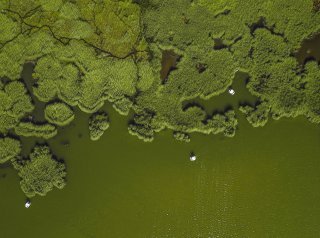
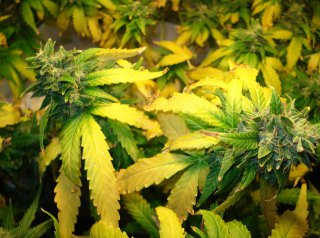
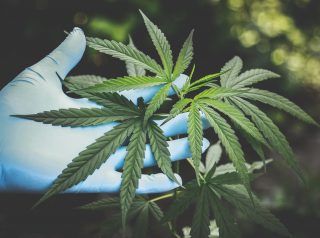

Great article! Now I know what to look out for when I go on with planting weed! Thanks!